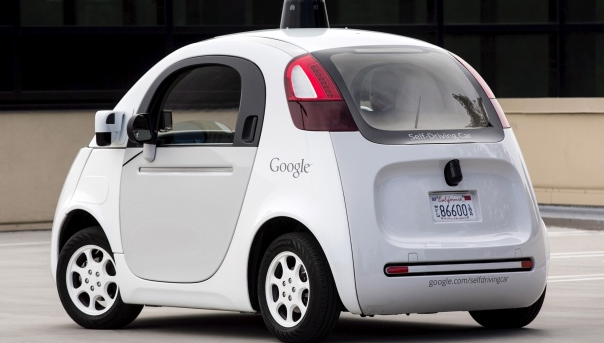I was invited recently to speak at a research conference of investment analysts and asset managers concerned with the automotive industry. My presentation summarised my thoughts about the future of the car:
Car use in big cities will decline, as a share of all travel, as exemplified by London. Successful cities attract those wishing to share that success – businesses, people to work, study and live. Population grows, population density increases, which generates economic gains known as agglomeration benefits, with analogous cultural and social benefits. The city authorities recognise that the road system cannot cope with potential demand for car travel and so invest in public transport, particularly rail which provides speedy and reliable travel compared with the car on congested roads.
Beyond city centres, the car will remain popular where there is road space to move and to park. But per capita car use is unlikely to grow in the developed economies.
Income growth no longer drives the growth of average distance travelled. The main determinant of the growth of travel demand is population growth. Corresponding growth of car ownership and use will depend in where the additional inhabitants are housed: more car ownership for greenfield sites, less for urban locations.
The car has developed incrementally since the original mass-market Model T Ford that hit the road a century ago. Despite enormous improvement and refinement, we still employ nineteen-century-originated mechanical engineering in modern cars. Electric vehicles use twentieth-century-originated electric propulsion and storage, which is being improved and refined to increase market penetration. Only with driverless vehicles do we get to a twenty-first century technology.
Digital technologies are being adopted incrementally by the motor manufacturers to ease the task of driving – the advanced driver assistance systems. Ultimately, these could permit full hands-off mode. But the manufacturers who market cars based on performance would promote driverless travel only when driving was tedious, as on long motorway trips or in congested urban traffic. In contrast to these evolutionary developments, we have Google’s revolutionary attempt to take a giant leap forward to a car lacking controls for a human driver. This is essentially a taxi with a robot driver. Taxis are useful: we would make more use of them if they were cheaper, as they might be if robots replaced human drivers. But they would not constitute a fundamentally new form of road transport.
More generally, application of the fast developing, disruptive digital technologies to road travel is constrained by the slow-to-evolve nature of the mechanical engineering technologies that still define the car. Nevertheless, there are possibilities for disruptive innovations that would affect car ownership and use:
Mobility-as-a-Services (MaaS) is a concept that would allow us seamless travel via the most appropriate mode, all arranged via a smartphone app (not dissimilar in concept to the traditional travel agent’s offering for long-haul trips). Feasibility of MaaS depends on being able to integrate the availability of the most appropriate mode – whether taxi, train, tram, bike – under different ownerships, with paperless ticketing, including at times of peak demand. This could be challenging, but if successful, would lessen the attractions of the personal car.
While role-out of simple driverless taxis would not be a fundamental innovation for road transport, the addition of shared occupancy to share ownership (‘shared-squared driverless’) would permit the more efficient use of road space. UberPOOL already offers shared trips at lower cost to those heading in the same direction at the same time. Two additional measures would further increase the efficiency of the urban road network: demand managemen that would give priority to shared occupancy vehicles, following the precedents of the High Occupancy Vehicle lanes on US commuter routes and zero charge for taxis in London’s congestion charging zone. Plus an urban road analogue of air traffic control that serves to avoid conflicts between aircraft and smooth flows, which would become possible as vehicle-vehicle and vehicle-infrastructure communications are developed. A shared-squared-driverless scenario with minimal congestion could offer door-to-door travel at time of choice with speeds comparable to urban rail, again lessening the attractions of personal car ownership.
The present state of battery technology constrains electric car sales, hence much effort is being expended to develop better batteries. Batteries based on the current Li-ion electrochemistry are being refined to improve performance, reduce costs and increase market penetration of electric vehicles. But it is possible that a new electrochemistry will be developed with superior performance – energy density, rate of charging, lifetime and cost. Much then depends on who owns this new battery: if a single battery manufacturer wishing to maximise sales, then all auto manufacturers could take advantage; but if an auto manufacturer had teamed with the battery manufacturer in developing the innovative product, that team could have a disruptive advantage.
Assessment
There are an increasing number of uncertainties that will affect the long-term development of the auto industry: changes in travel behaviour, attitudes to driving and personal car ownership, demographic developments, new technologies and new business models. It’s hard to take a view about investment outcomes. Given the greater risks involved in investing, larger returns will be sought. But then the question is what will motorists be willing to pay for driver assistance technologies that add significantly to the cost of cars, particular mass market models. The answer remains to be seen as these technologies percolate down the model price range.

